Tips to help you take great photos of your birds – supplementary info to the magazine feature
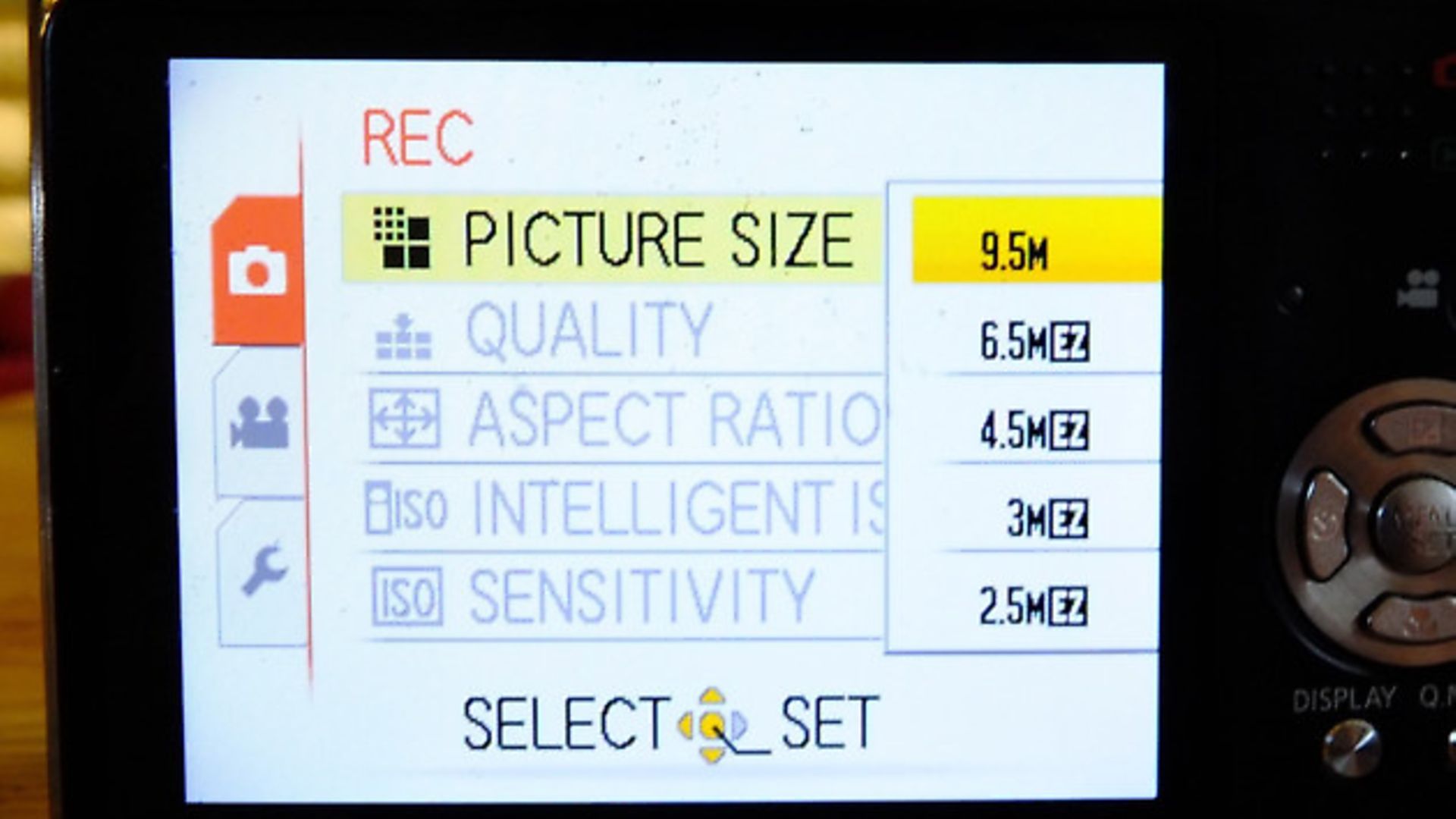
In our article ‘Photographing Your Chickens’, we said that your photos need to be in focus and hi resolution. We wanted to go into a bit more detail here to help you sort those out on your own camera. You will need your cameras manual; if you can’t find it, they’re usually available to download for free from the Internet, just search “(camera make and model) manual”.
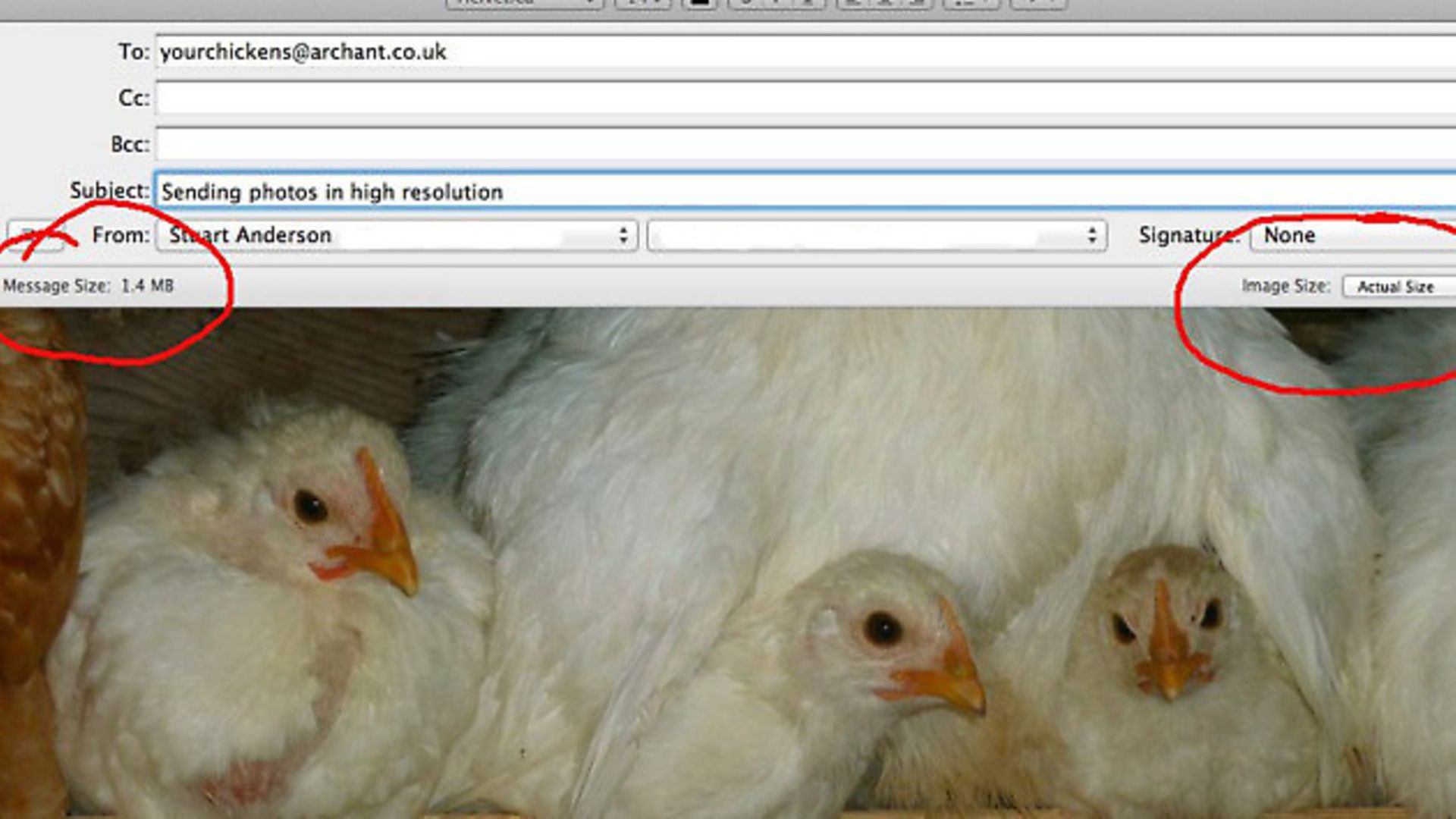
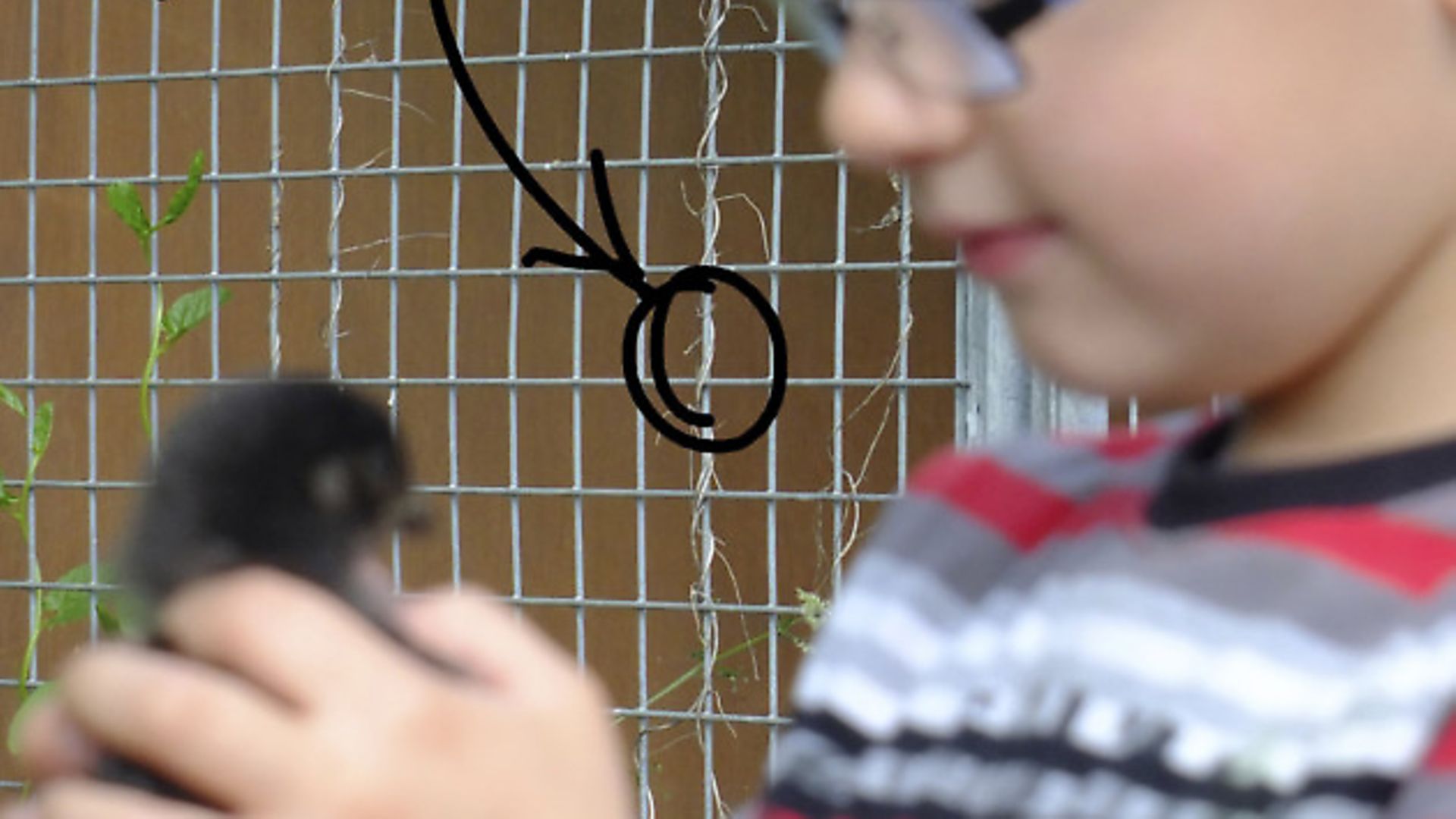
Hi resolution
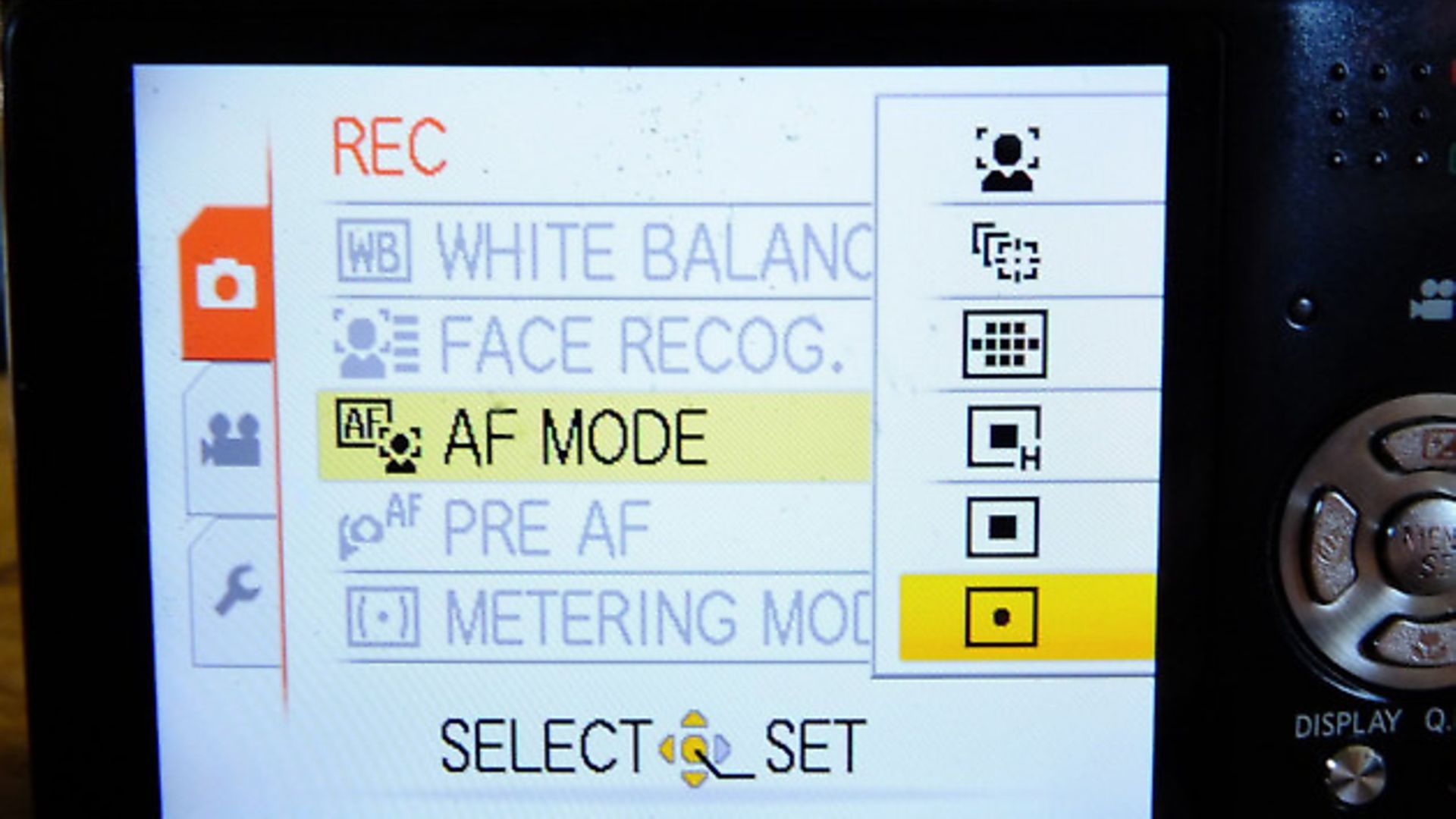
A low resolution image, of say 150kB, is certainly good enough to look bright and clear on your computer screen and ideal (i.e., not too big) to send in an email but the printed page requires lots more information to render a high quality glossy image, so you need to make sure your camera is set to its highest resolution. You might have to access this through the camera’s menu or it might have its own dedicated button; it should be called “image size” or “picture size”. You want to set it to its maximum setting possible. This will allow you or the editor to crop the image later to get the best composition and still retain high quality.
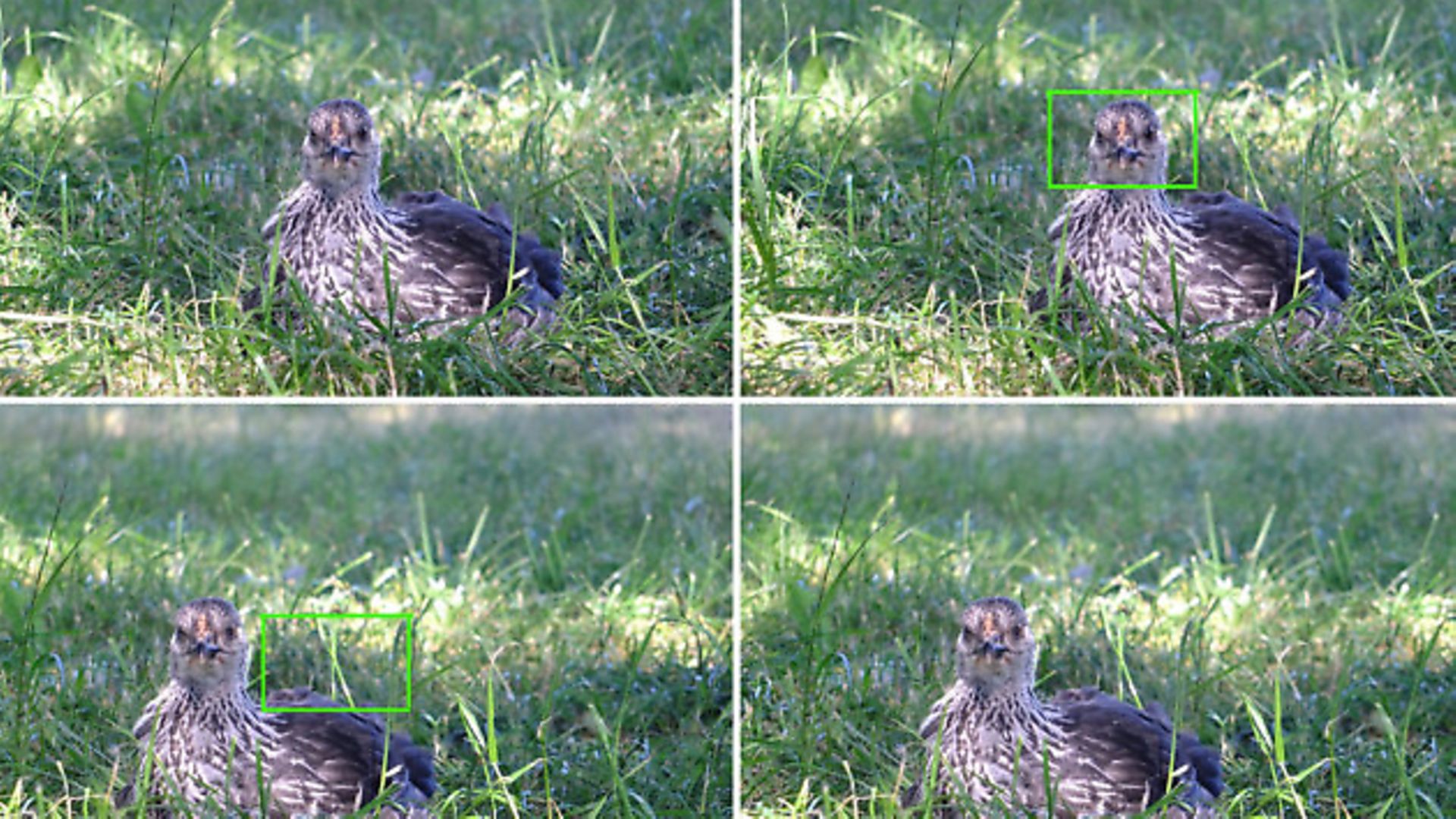
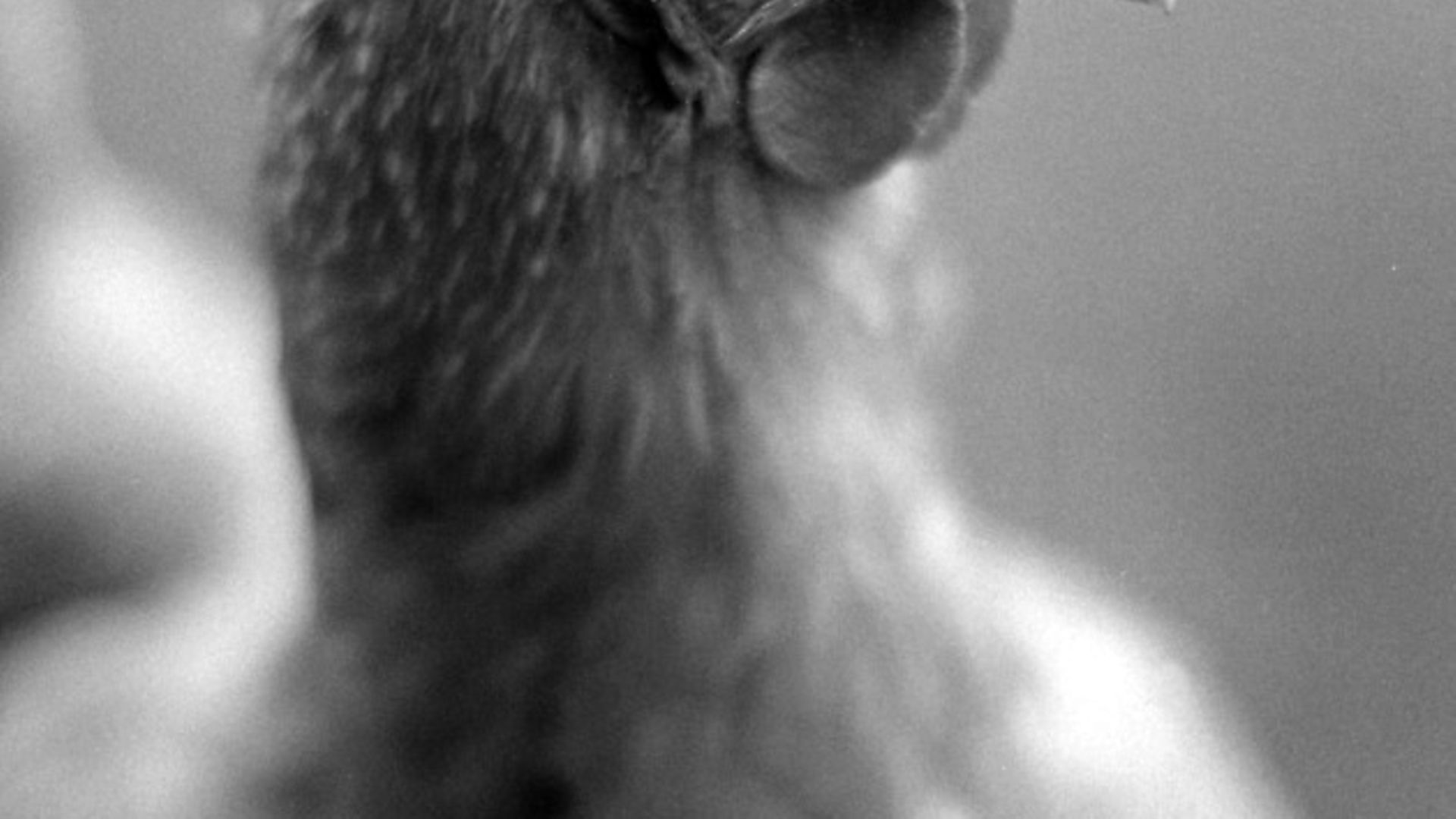
There’s another hurdle to overcome if you want to submit your photos to the magazine: some mail clients (Microsoft Outlook, Apple’s Mail or Mozilla Thunderbird, for example) can automatically resize any photos you send. If you’re submitting photos to YC for publication, you’ll have to make sure the email is set up to send the images ‘actual size’.
Be aware also that your Internet server possibly has an upper limit on message size (mine only allows 2MB per message) so you might want to sign up to something like Dropbox (free at www.dropbox.com) to share your full-size photos with the magazine.
Focus
Luckily for us, modern digital cameras are very good at focussing automatically. What they can’t necessarily do is guess what bit in the frame you’d like in focus. With two subjects side by side, the camera may well focus on what’s in the middle. If that is something in the background the intended subjects may well be out of focus.
There’s more than one way to solve this but it will involve you studying your camera and its manual again. Cameras have different focus settings. A ‘multi’ setting will intelligently try to search for something to focus on over the whole area; face recognition is a step further, as it will seek out human faces to focus on. One trick is to set the camera to spot or central focus, so you can tell the camera exactly what you want to focus on.
You need to give your camera time to focus before you shoot. What this means is a progressive squeeze on the trigger. Halfway down and the camera should beep and give you a green square or cross to confirm focus has been found. Squeeze all the way and the photograph is taken. Once you’ve got used to this half/full squeeze, you can use it to your advantage with the camera set to spot focus.
Aim the central cross/square at the thing you want to focus on (say, the eyes) and squeeze halfway; when focussed (turns green and beeps) don’t release your finger and, keeping the trigger half pressed, recompose the picture, then shoot.
If your camera allows you to focus manually, you could pre-focus on a point and wait for the chicken to arrive, perhaps tempted by some food, and then just click.
Depth of field
This photo by Clive uses a very shallow ‘depth of field’, which means that only a very shallow plane is in focus but behind and in front of the eyes are blurred. If you want more or all of the frame to be in focus, then you need a much greater depth of field. If your camera allows, you can set the aperture to be smaller otherwise the zoom set to wide angle will see a lot more of the shot in focus than telephoto.
Fill-in flash
Strong sunlight can create harsh shadows; one answer is to set the camera to flash (even though it’s not actually dark), which will ‘fill in’ or light up the detail in these shadows. If your camera allows (consult the manual) reduce the power of the flash when used as ‘fill in’, that way it doesn’t kill the mood of the natural light.
Conclusion
By reading the manual, getting to know your camera and practicing these techniques, you will soon find that you instinctively know how to set your camera up in any given situation and take better photographs.
Stuart Anderson And Clive Egginton
Image(s) provided by:
Your Chickens







